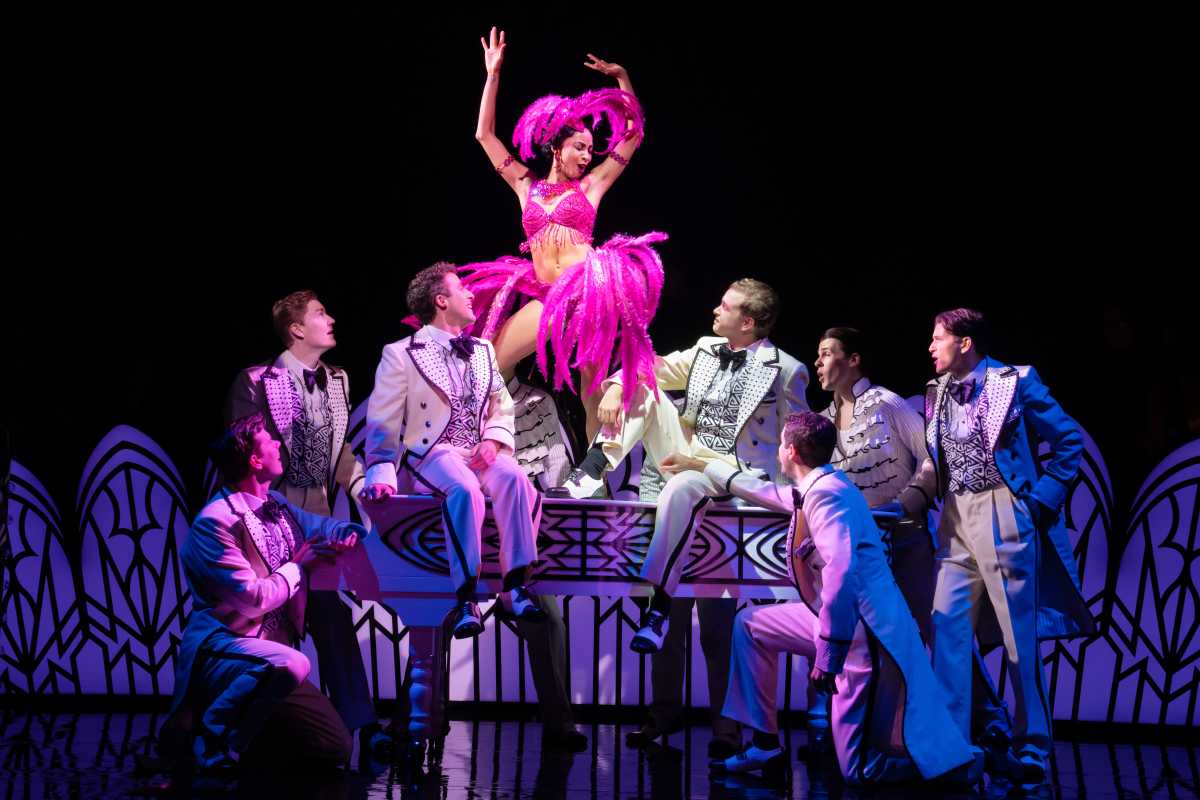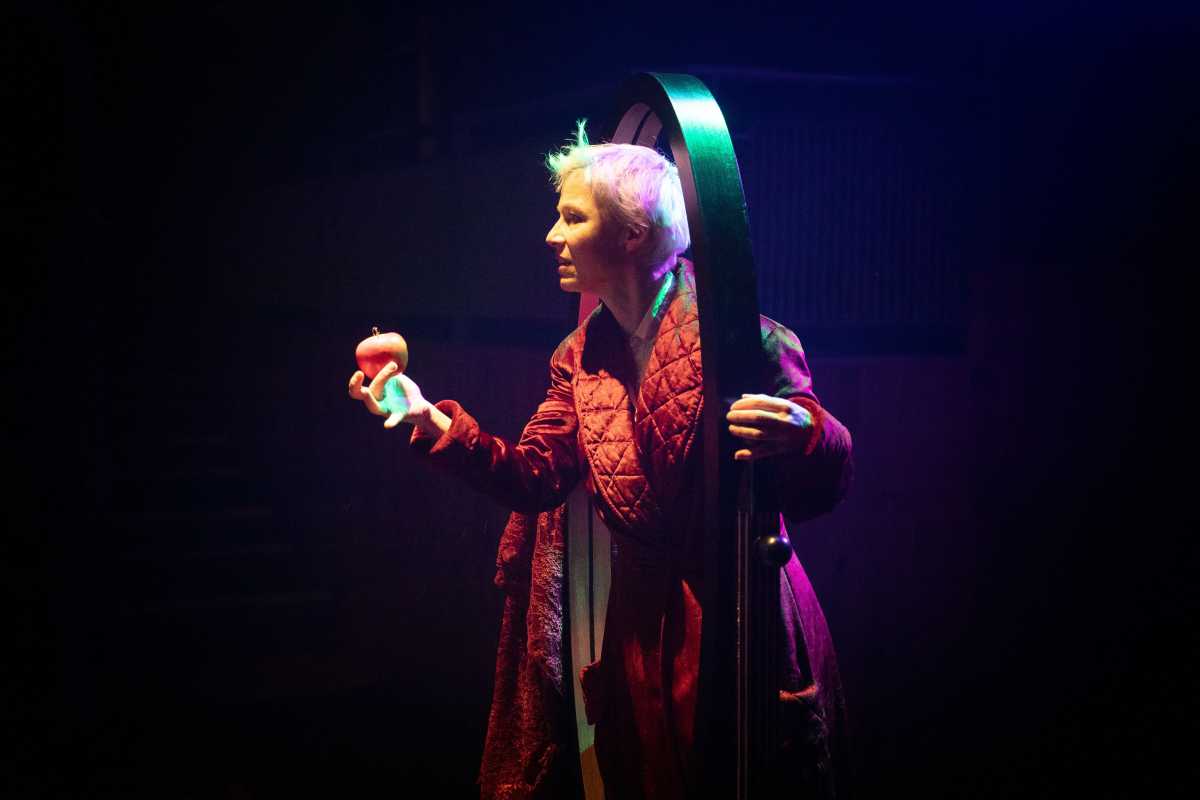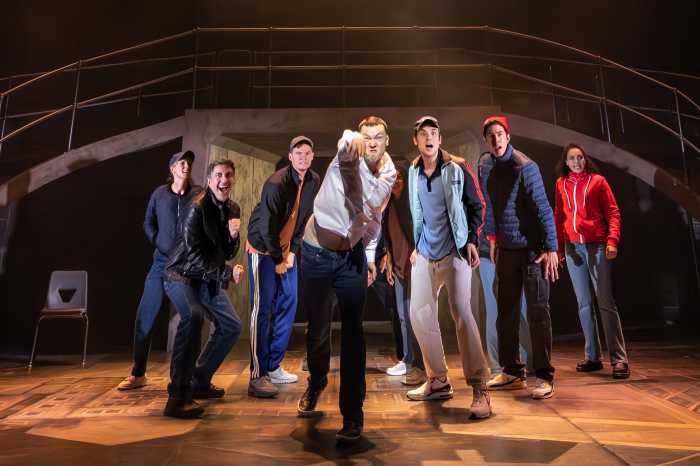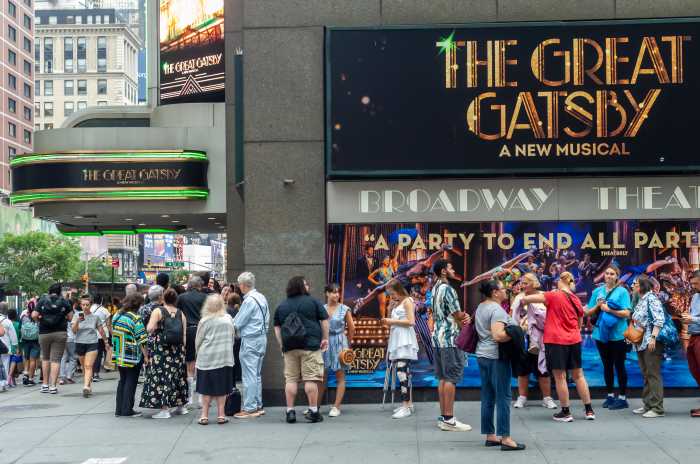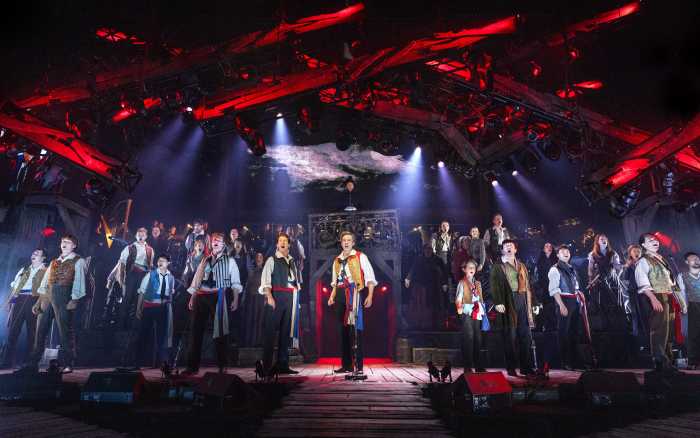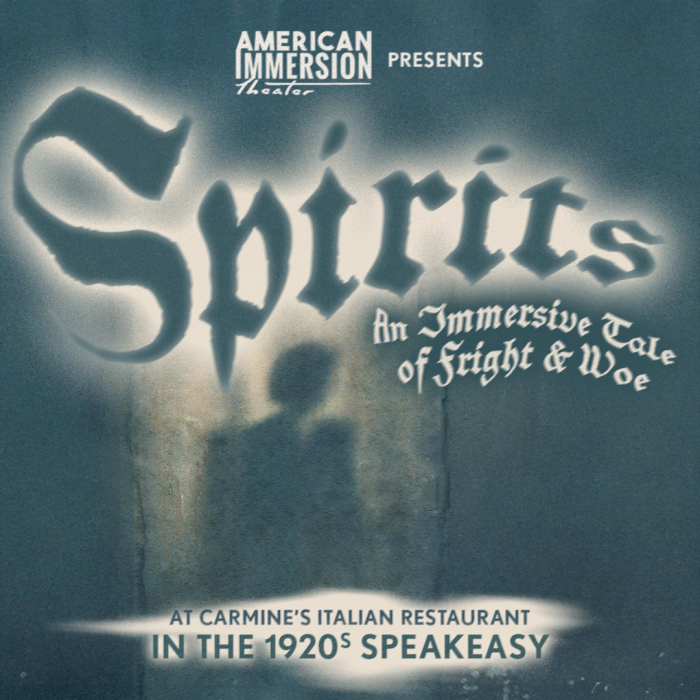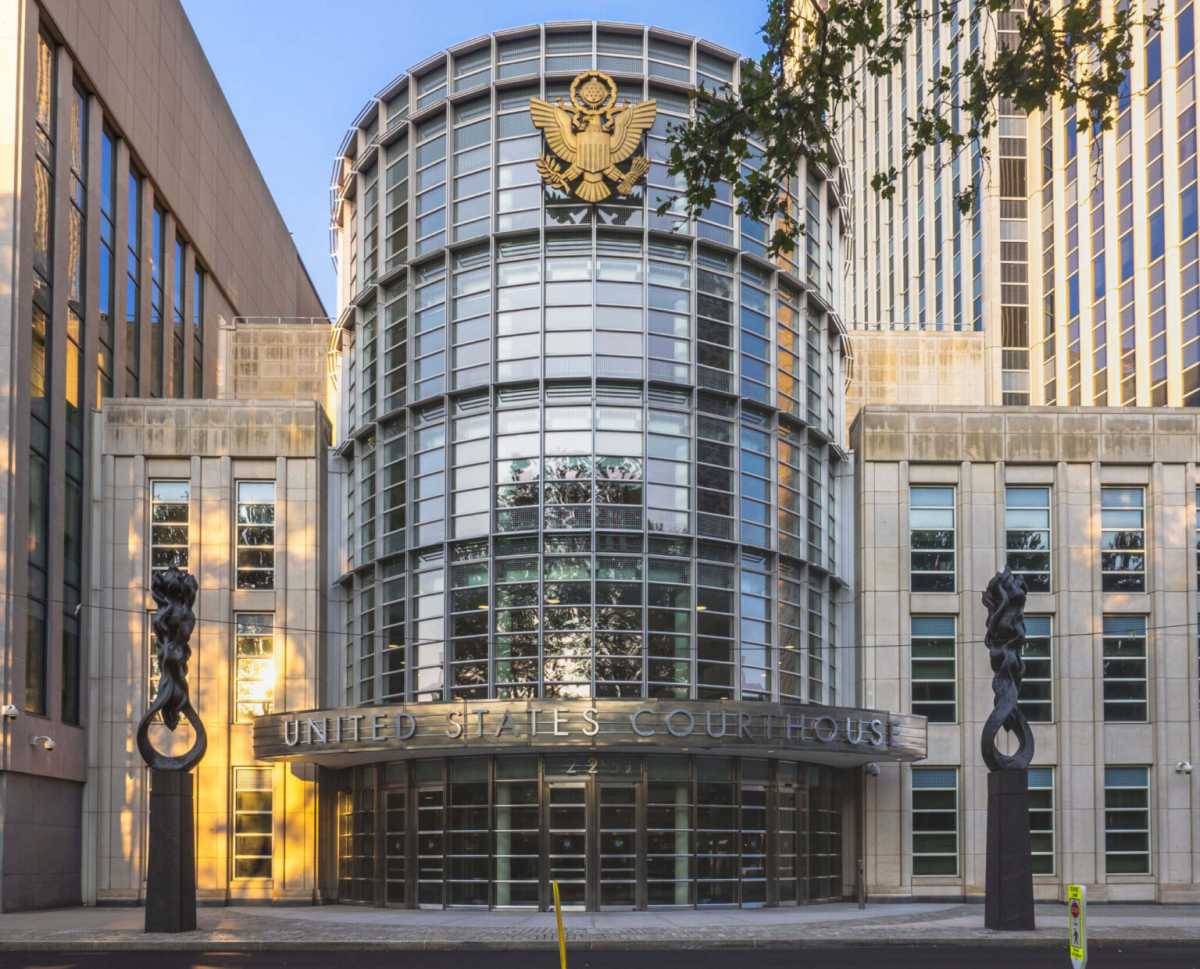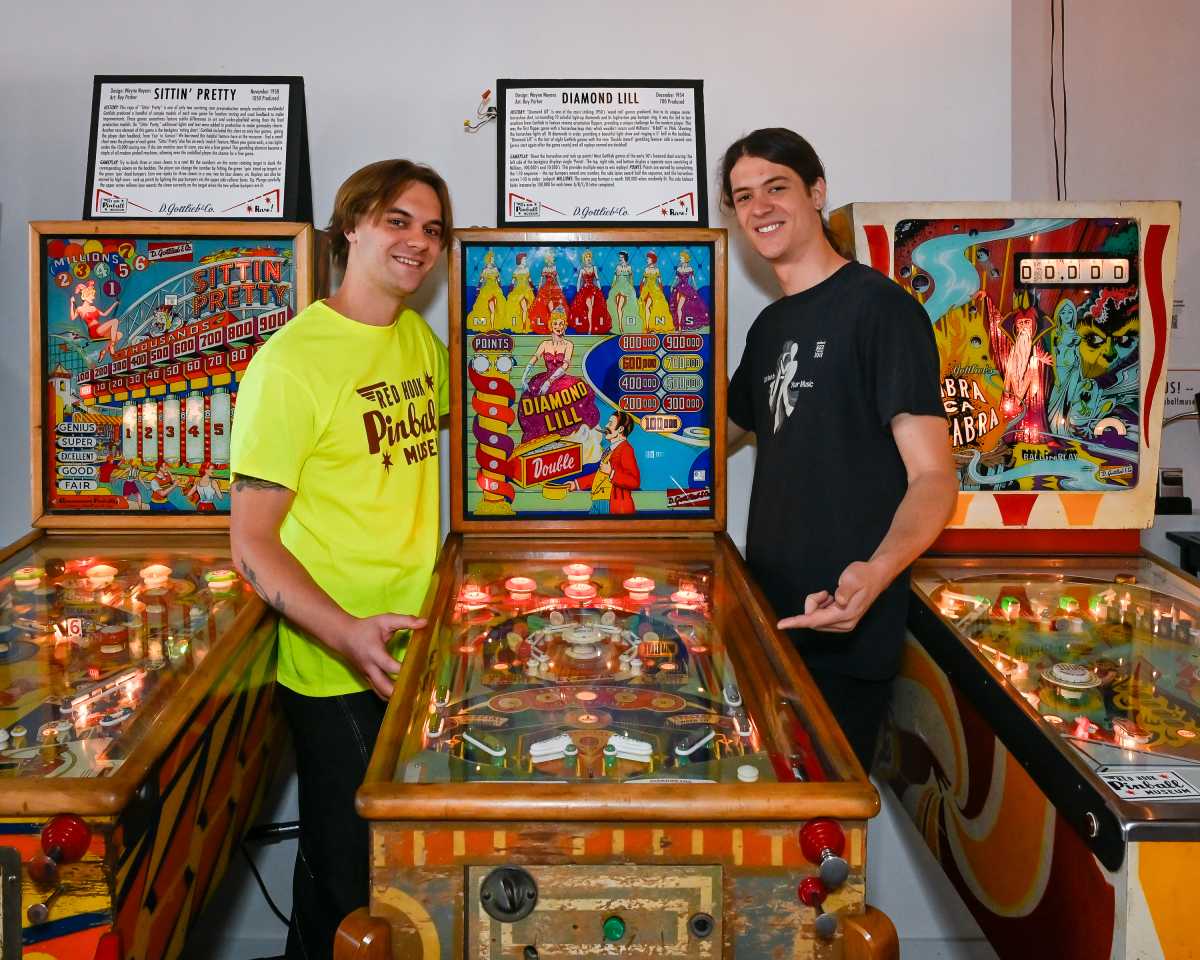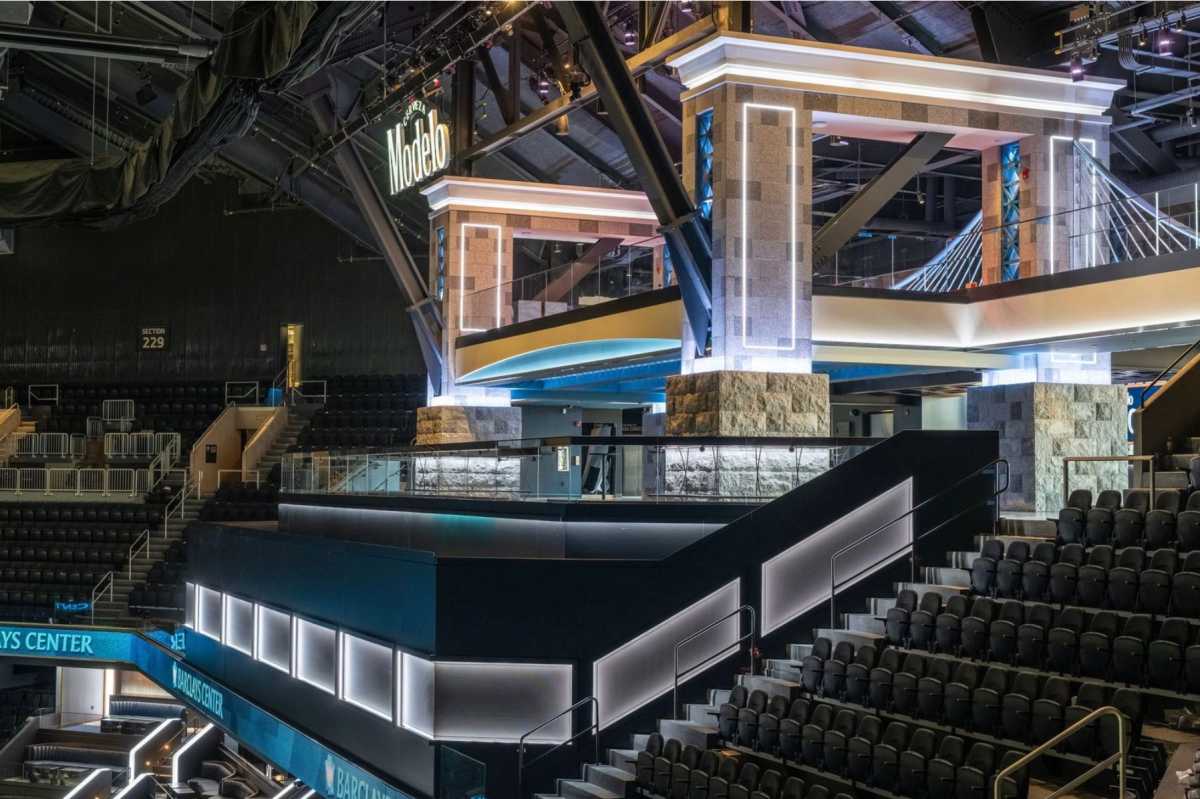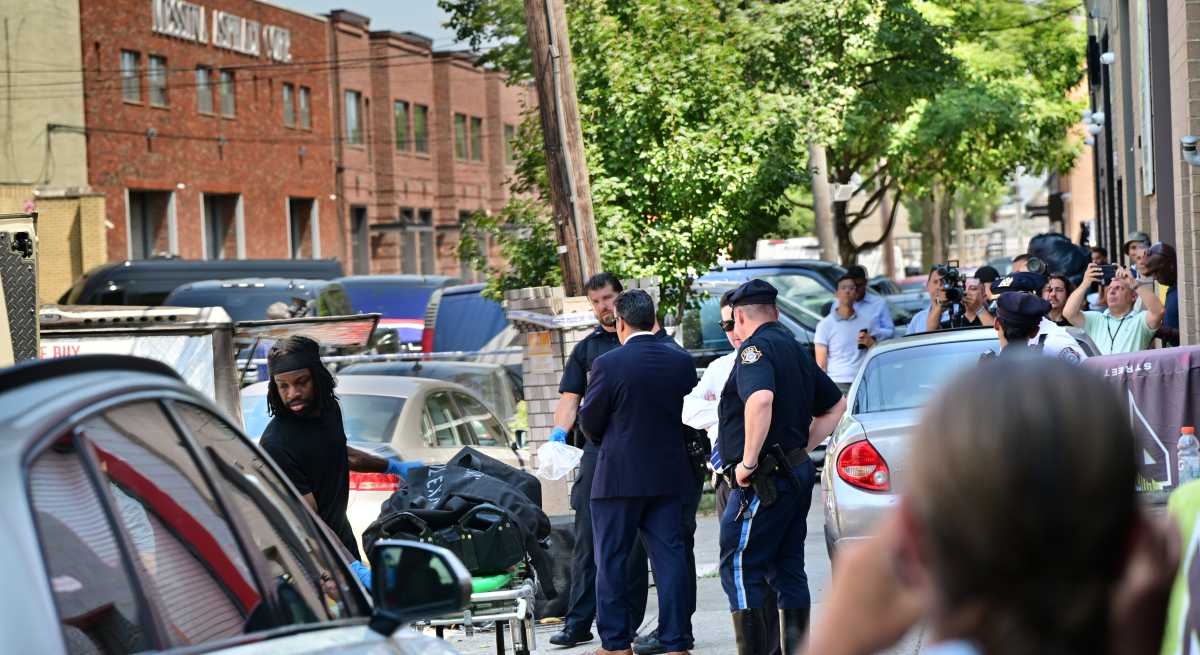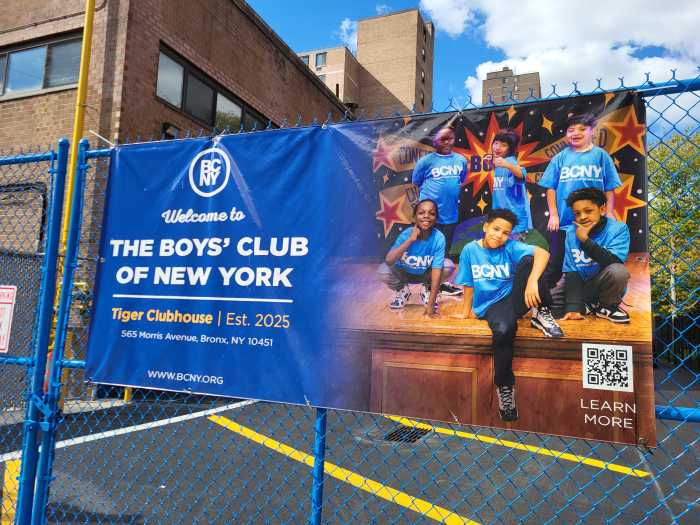At what time, and on which days, should the curtain rise on a Broadway show?
Given that Broadway productions can generally only have eight performances per week, these schedule decisions could determine whether any given show is able to attract a sufficient size audience to meet its weekly running costs and stay in business.
As Broadway continues to struggle with an ongoing post-pandemic box office malaise, more shows are moving up their performance start times and, in a few cases, adding more matinees in the belief that many audience members (suburban, families, older, tourists) would prefer to attend at an earlier time and arrive home sooner rather than later.
“During the pandemic, people got very comfortable at home and their habits have drastically changed,” said Broadway producer Ken Davenport, who added Thursday matinee performances last season for his shows. Davenport noted that Broadway’s suburban audience has decreased by 30 percent since the pandemic. “We on Broadway can be very stubborn, but the pandemic has forced us to look at our entire business model. What can we do to be more available to audiences that want to see us? On ‘A Beautiful Noise’ and ‘Harmony,’ I tried very hard to listen to my audience, and what we found was that the matinees were selling even more than Saturday nights.”
Moving up start times is not unprecedented. During Broadway’s “golden age” in the mid-20th century, evening performances began at 8:30 p.m., as evidenced by the term “11 o’clock number,” which referred to a song that would arrive at around 11:00 p.m. during a musical, such as “Rose’s Turn” from “Gypsy” or “Memory” from “Cats.” Eventually, 8:00 p.m. became the default start time for evening performances and Sunday matinees were added.
“From the 1920s into the 1950s, your audiences were largely Manhattanites or folks who lived in the boroughs,” said musical theater historian and arts professor Laurence Maslon. “People would go home after work, have supper, and change for the theater. Men wore tuxedos and women wore fancy dress. The show was over at 11:30 p.m. and they took a taxi home to Park Avenue. As the audience expanded so much into the tristate suburban area, it definitely influenced when people could go to the theater and what kind of evening they could have out.”
In 2002, as Broadway was making its post-9/11 comeback, a number of shows instituted performances at 7:00 p.m. on Tuesday nights. I remember attending one of the first Tuesday performances with a 7:00 p.m. curtain, which was for Russell Simmons’ short-lived “Def Poetry Jam.” Not surprisingly, quite a few theatergoers arrived late, unaware that the performance would begin at 7:00 p.m. rather than 8:00 p.m.
During the years leading up the pandemic shutdown, the standard performance schedule was becoming increasingly variable and diverse. At present, start times for evening performances include 7:00 p.m., 7:30 p.m., and 8:00 p.m., while matinees may start as early as 1:00 p.m. Disney’s “Aladdin” and “The Lion King” are also currently doing 6:30 p.m. performances on Sundays.
On the other hand, some shows are trying to do two evening performances instead of a matinee. Writer-performer Cole Escola’s camp comedy “Oh, Mary!,” which just began previews on Broadway, is doing 5:00 and 8:30 p.m. performances on Thursdays and Saturdays instead of matinees.
Personally speaking, when I began reviewing theater two decades ago and still lived in New York City, it did not matter whether a show began at 7:00 p.m. or 8:00 p.m. I could easily zip from my apartment to the theater and back. Now that I live in the New Jersey suburbs and need to commute by train, I go straight from work to the theater and prefer to have as early a start time as possible so that I can catch a 10:00 p.m. train home. Being able to take an earlier train would be even nicer.
Read More: https://www.amny.com/entertainment/broadway/



